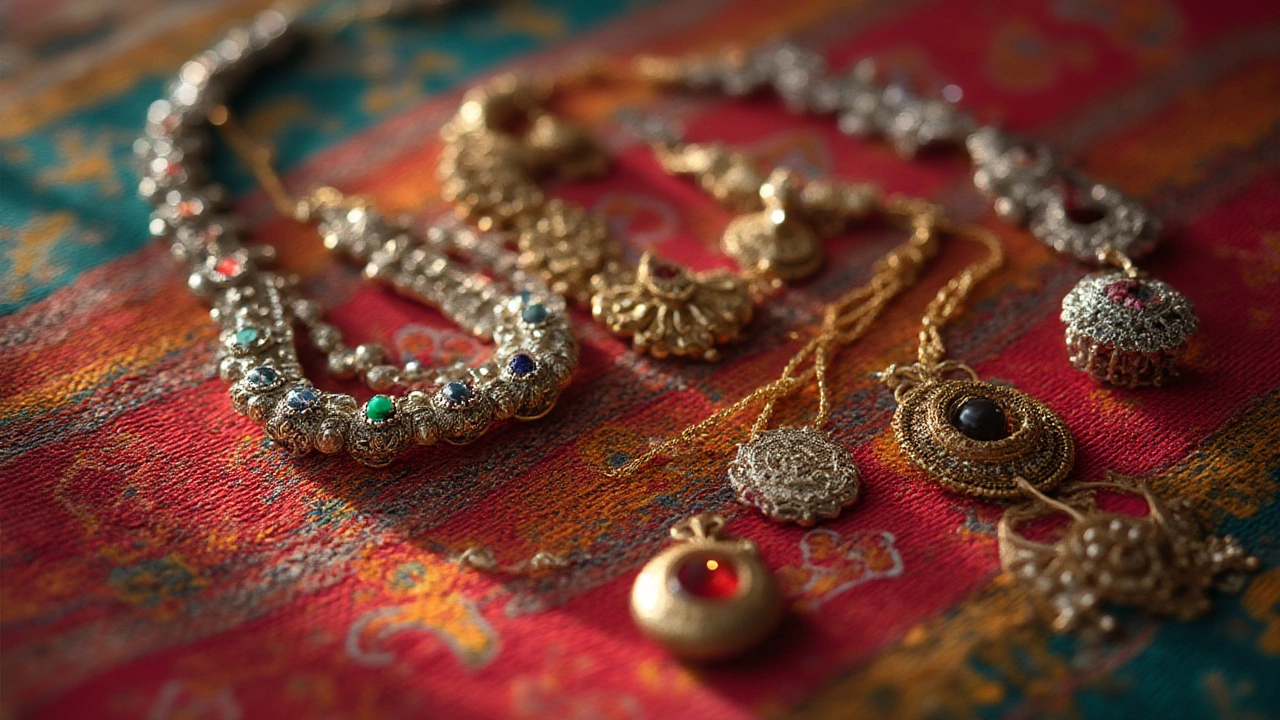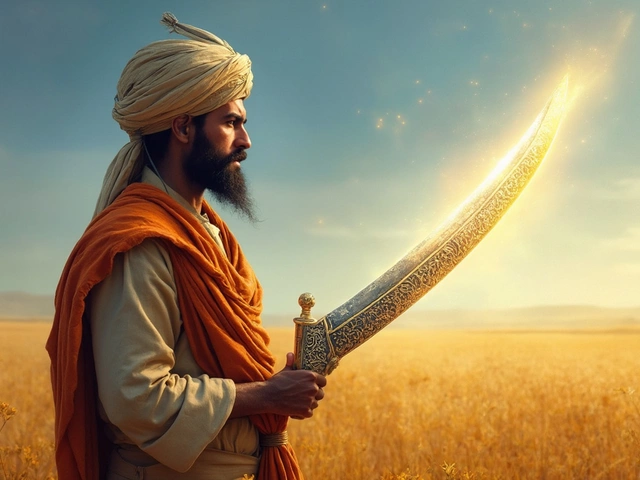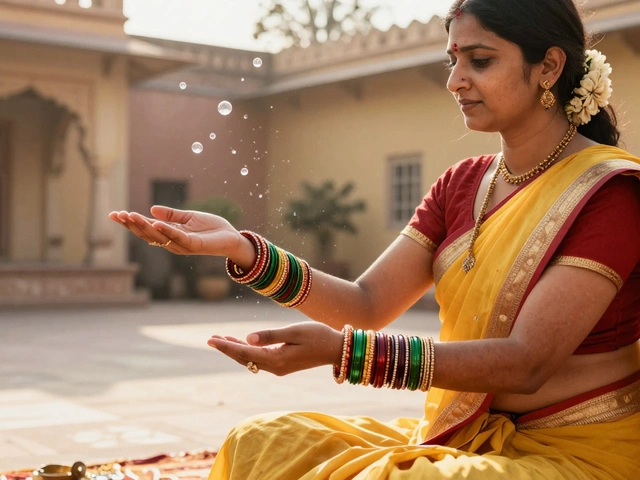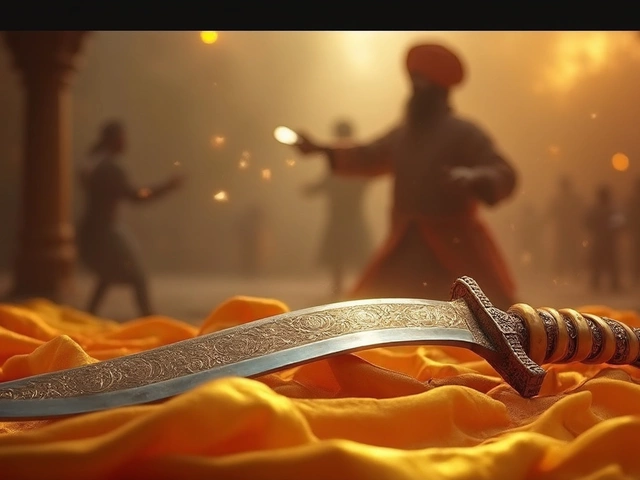Ask anyone about traditional jewellery in India, and they’ll probably name Rajasthan, Gujarat, or South India. But here’s the thing—Manipur, tucked away in the northeast, has its own dazzling world of ornaments with names and meanings that fly under the radar. People in Manipur don’t just wear jewellery for looks; every piece tells a story, and some names are absolute tongue-twisters unless you know Meitei. This isn’t your run-of-the-mill gold chain or diamond ring situation—this is history, identity, and tradition, strung together, quite literally.
The Names and Origins of Manipur Jewellery
First off, the jewel game in Manipur is fiercely local. The main community that defines Manipuri ornamentation is the Meitei, though the Nagas and other tribes have their own stunning pieces. The most iconic Manipuri jewellery is simply called “Meitei jewellery” by locals, but the individual pieces have their own special names. For example, you’ll hear about the “Khong-phi” (a thick bracelet), “Samji” (a floral earring), “Khayang Kharai” (a broad, beaded necklace), and “Leitai” (a silver crown-like ornament for the head).
One of the oldest pieces is the “Thengri,” a classic coin-shaped pendant that’s now crazy popular among young folks in Imphal because it fuses traditional charm with Insta-worthy style. Back in the day, these ornaments were only for royalty or priestesses, but after Indian independence, the designs started traveling to regular families. Manipuri queens used to wear entire suites of jewelry so heavy you’d wonder if they could even move! The main materials? Not just gold and silver, but also shell, glass beads, and even animal bones, especially among the hill communities.
Every community within Manipur tweaked their styles a bit. While Meitei pieces showcase smooth gold and silver artistry, the tribal Tangkhul, Kabui, and Zeliang embrace chunky beads and fierce designs. And if you happen to visit a festival like Lai Haraoba or a Manipuri wedding, take a look at the women’s hair ornaments and layered necklaces—each one has its own name, story, and occasion. This is a fashion language that’s never out of style for Manipuris. My own son, Aryaan, couldn’t resist the sparkle when we were there last summer.
Symbolism and Cultural Significance
Wearing jewellery in Manipur isn’t just about beauty. It’s about respecting the gods, marking milestones, and telling everyone which clan or family you belong to. The “Kokyet” (a flat disc-shaped ornament) signals nobility, while the “Kajeng Lei” earring marks a young woman’s coming of age. At every Manipuri ceremony, from weddings to annual festivals, you’ll notice every piece on display means something to the wearer.
There are also strict traditions for who can wear what, sometimes linked to age or social standing. For example, married women wear certain bangles and necklaces before others as a mark of marital status—think of it kind of like a wedding ring, but with so much more meaning built in. The legendary “Samji” earring is particularly important during the potent Lai Haraoba festival, and if you see a woman wearing the “Nupang Samji,” you’ll know she’s playing a special role in the rituals.
The craftsmanship has its own symbolism. The intricate patterns in Manipuri gold and silver are inspired by nature—flowers, leaves, or creepers—because local folklore believes these designs attract prosperity and keep away evil spirits. Some families even believe that passing down a particular “Khong-phi” bracelet can bring good luck for generations, so it’s not just a shiny accessory. Ask any Meitei grandmother about her wedding jewellery, and you’re likely to hear an epic story of courage, survival, or romance hidden behind every brooch or hairpin. That’s real heirloom magic.
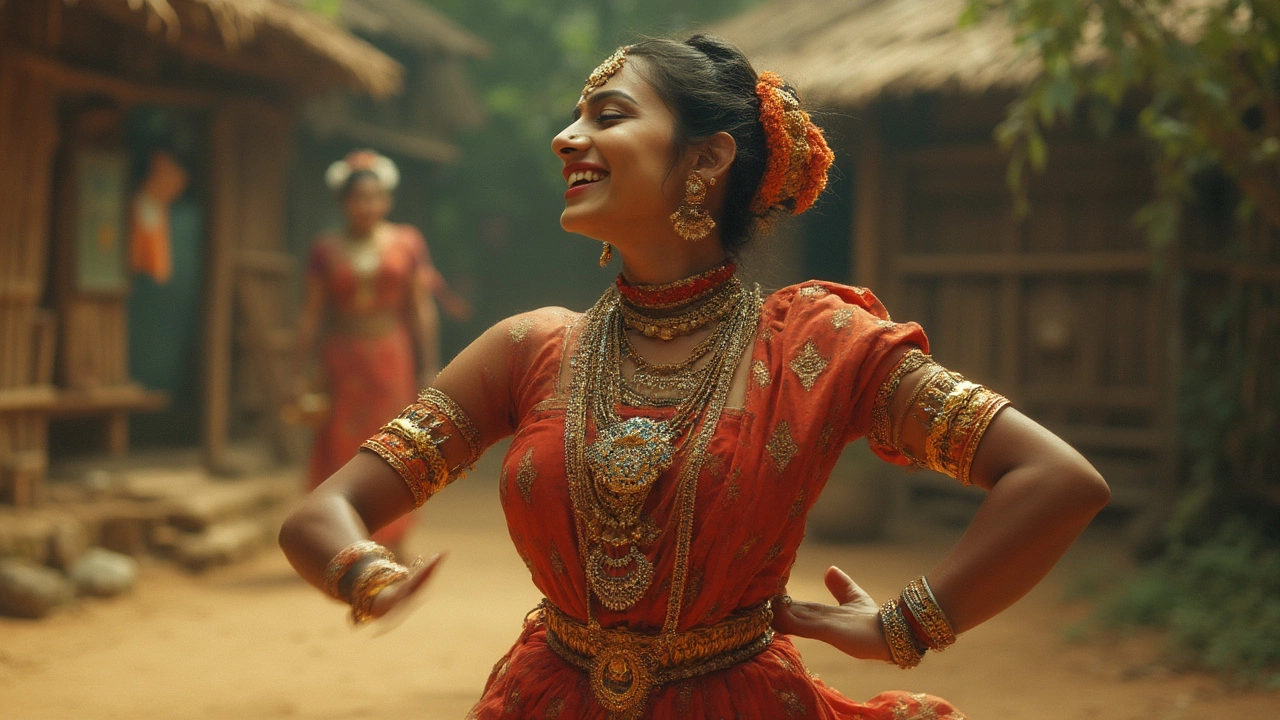
Manipur Jewellery: Traditional Techniques and Modern Trends
Manipur jewellery makers have their own way of working with gold and silver, called “lok shangba.” These master craftsmen pass down their skills from parent to child, rarely writing anything down. All those smooth curves and detailed engraving? They’re hammered, shaped, and polished by hand in little workshops or even people’s homes. Manipuri artisans believe the human touch is the secret to their jewellery’s strength and beauty.
Today, traditional pieces like Manipur jewellery are getting a stylish twist. You’ll now see glass-bead necklaces mixed with silver charms, and old coin pendants popping up on TikTok as Gen Z’s favorite hacks for ‘vintage cool.’ Big designers from Delhi and Mumbai are working with Manipur’s local artisans to take these once-hidden jewels to fashion weeks and glossy magazine covers. It’s working—the sales numbers back it up, too. In 2023, a survey across Imphal and nearby towns showed that at least 45% of urban Manipuris own at least one traditional piece, even if they rarely wear it except for special occasions.
To give you an idea of what’s out there, here’s a quick table of the most popular types and their unique features:
| Jewellery Name | Main Material | Common Wearer | Special Feature |
|---|---|---|---|
| Khong-phi | Gold or Silver | Women (married) | Thick, ornate bracelet with floral motifs |
| Samji | Gold | Young women, festival performers | Delicate earring, often shaped like a flower or leaf |
| Kajeng Lei | Bead and metal | Girls | Symbolizes transition to adulthood |
| Khayang Kharai | Beads, silver, shell | Tribal women | Layered, chunky beaded necklace |
| Leitai | Silver, jewels | Meitei brides, priestesses | Headgear or crown |
| Thengri | Gold-plated disks, semi-precious stones | All ages | Popular coin-shaped pendant |
If you’re out shopping or planning to buy Manipur jewellery, look for the handmade label, and check where it was crafted, not just who sold it. A lot of low-cost ‘Manipuri style’ ornaments get made in bulk by machines outside the state—these just don’t have the same soul or durability. Chat up a local artisan if you get the chance—they love sharing secrets about their craft, and you might even score a custom piece.
There are even tutorials now teaching people how to blend Manipuri styles with everyday outfits. Don’t feel shy about pairing a Khong-phi bracelet with jeans or adding a Samji earring to your workwear. Designers and stylists recommend going easy—pick just one main statement piece, and keep the rest simple. Even my tiny Aryaan tried on a mini-coin pendant once, and he looked like a hip miniature prince. If he isn’t proof these pieces work for all ages, not sure what is!
Useful Tips for Spotting, Wearing, and Caring for Manipuri Jewellery
If you’re thinking of adding Manipuri jewellery to your collection, it’s worth learning a few tricks. First, always feel the weight—authentic Manipuri gold or silver jewellery tends to be denser than mass-produced versions. Look closely at the engravings: traditional pieces have super-fine details, often in unique patterns of lotus, flowers, or creepers. If the shapes look too perfect or identical, it’s probably machine-made.
For those who travel, Imphal’s Ima Keithel (Mother’s Market) has an entire row dedicated to handmade jewellery. You can bargain a bit, but don’t lowball—the effort and skill behind each piece matter. Don’t skip asking about the history or meaning of what you’re buying—people love sharing backstories, and it turns that necklace or bracelet into so much more than just an accessory. If you prefer online shopping, look for artisan collectives and not just third-party sellers.
Wear your traditional piece with confidence, but remember, some designs—like the ornate Leitai—are best left for big events. If you’re mixing these pieces with modern outfits, go for simple silhouettes so the jewellery stands out. You don’t have to go full traditional, but don’t hide it either. As a bonus, Manipuri gold and silver are known for their purity. If you take care of them—store them separately in pouches, use gentle cleaning solutions, and avoid harsh chemicals—they’ll easily last for decades.
Lastly, if you ever get a chance to see a craftsman at work, take it. The patience and focus it takes to finish one bracelet or earring can leave even restless kids like Aryaan in wide-eyed silence (trust me, that’s rare). It’s also a reminder that this small corner of India is home to some of the richest, least-hyped jewellery traditions out there. So the next time someone asks, “What’s Manipur jewellery called?”—you’ll know it’s much more than a name. It’s a living legacy, passed from one generation to the next, shining quietly but brightly, wherever it’s worn.
